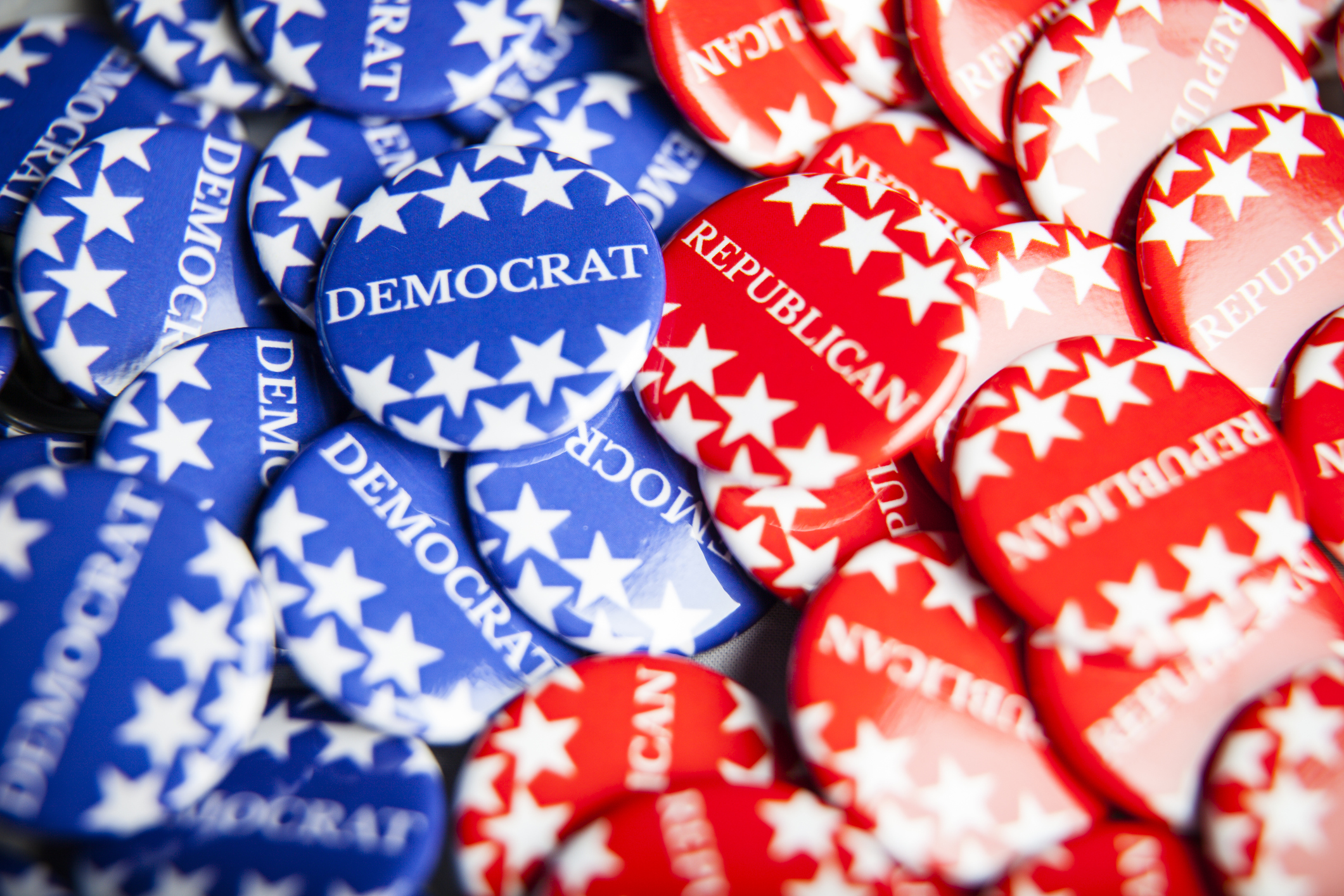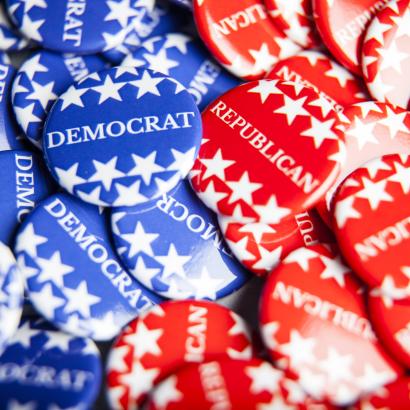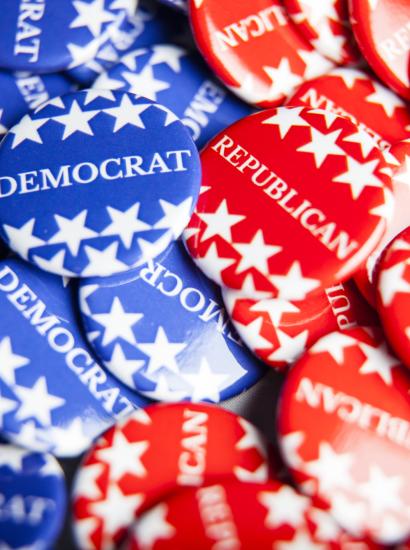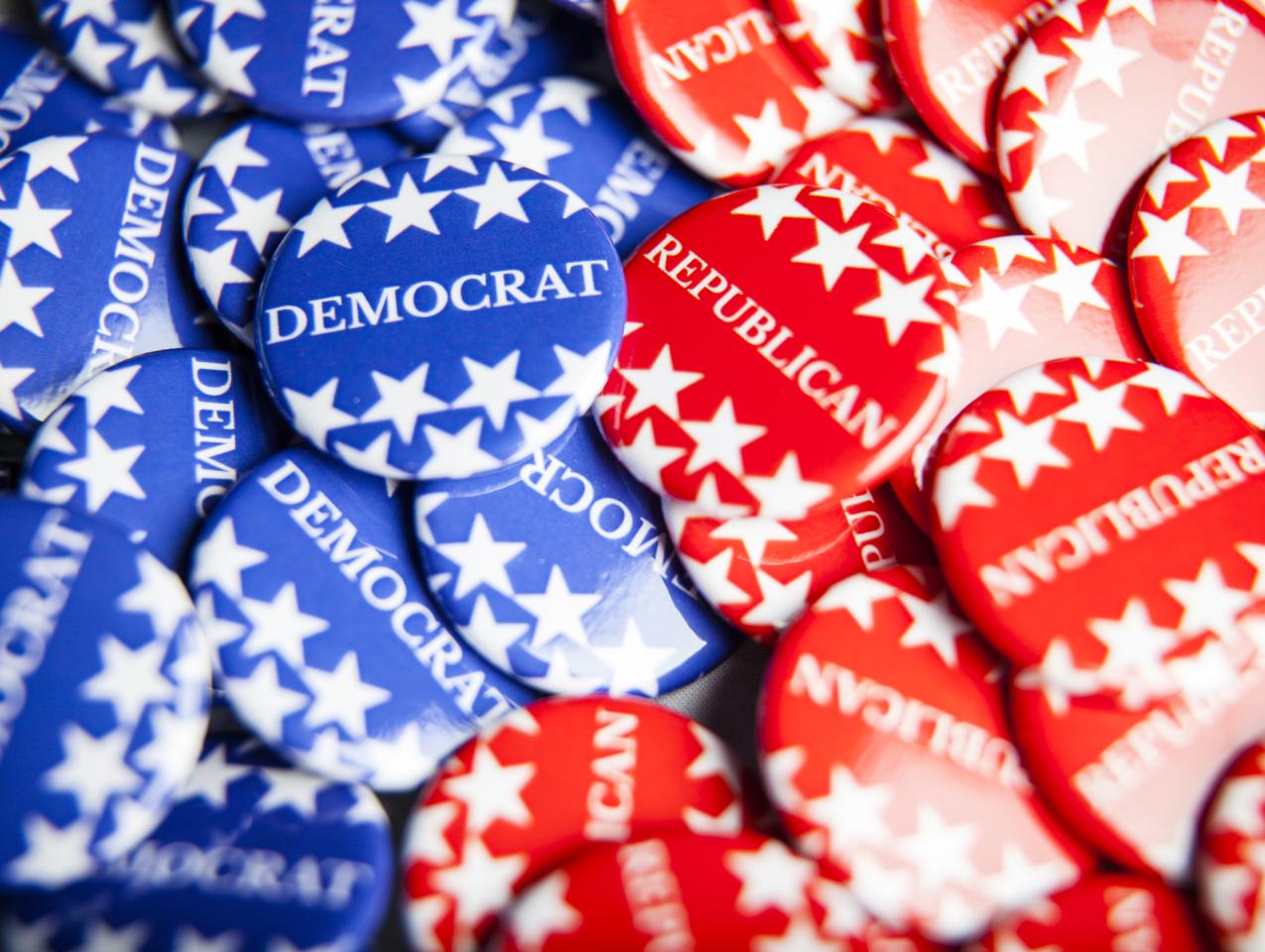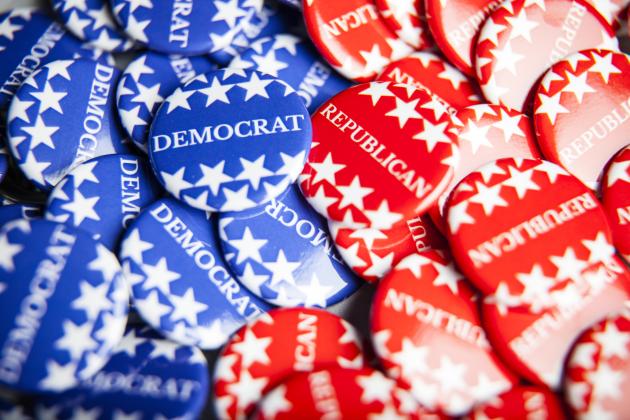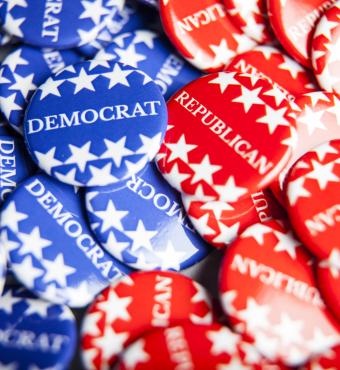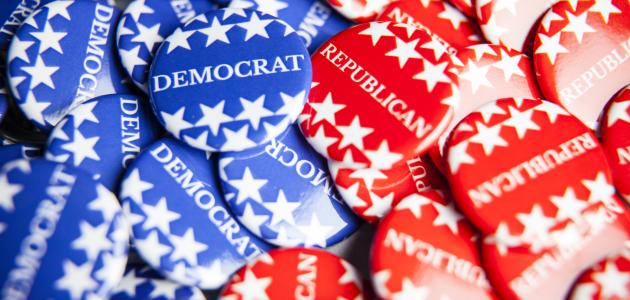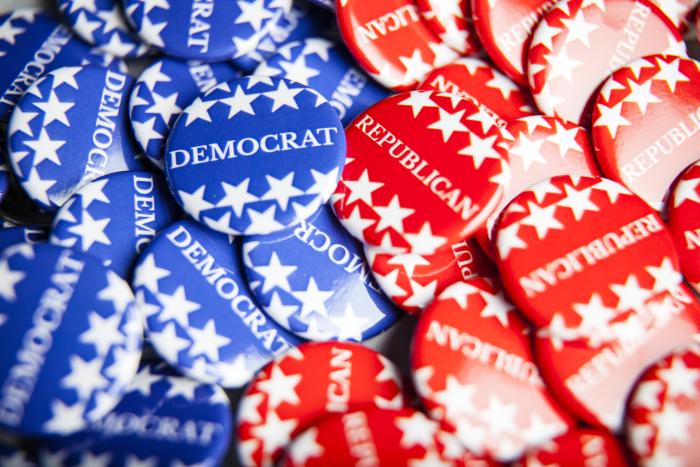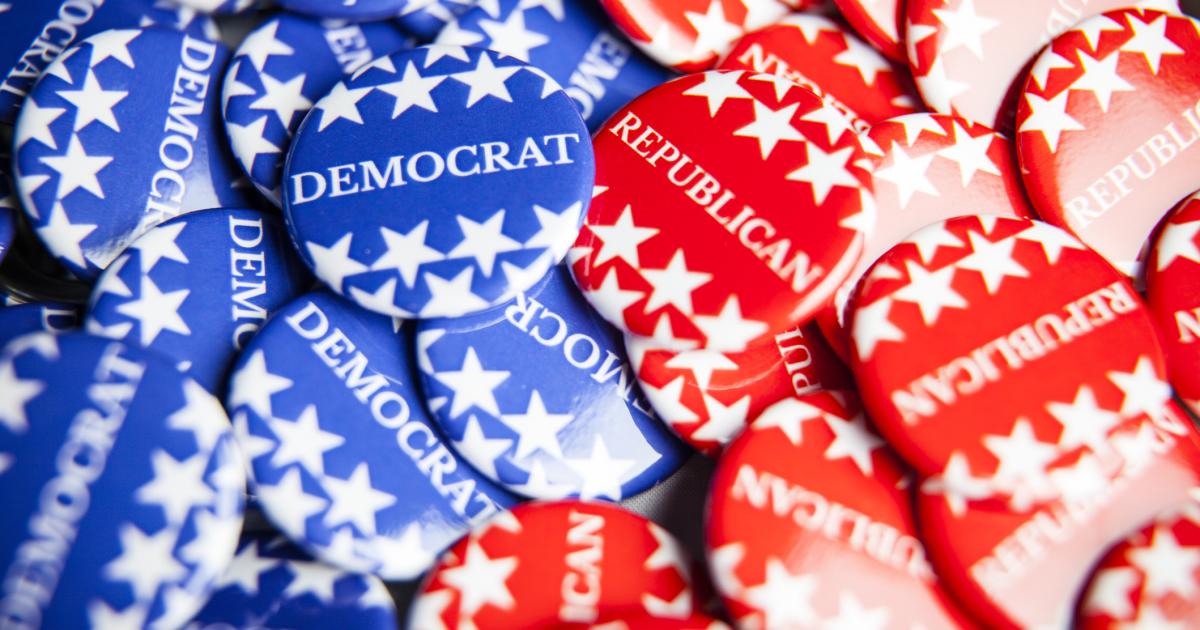- Politics, Institutions, and Public Opinion
- Campaigns & Elections
- The Presidency
- State & Local
- California
If history were to repeat itself next month and Gavin Newsom to become the second Democratic governor recalled by California voters this century, look for the Golden State’s political spin cycle to kick into overdrive.
Some pundits will dismiss Newsom’s ouster as a stroke of bad luck—if not for a judge extending the deadline for signature gathering from mid-November 2020 to mid-March of this year (due to pandemic restrictions), perhaps the recall effort doesn’t qualify for the ballot and the ensuing special election.
Speaking of matters that transpired during that additional four months of signature gathering, some will take Newsom task for poor judgment—specifically, his decision to attend a dinner at Napa’s posh French Laundry restaurant in violation of COVID rules. (Although the ill-advised dinner with friends and lobbyists occurred a week and a half before the decision to extend the signature gathering, the details of that outing dominated California political news for the remainder of November and December, giving the recall effort a new battle cry.)
Yet another spin: Democrat pooh-bahs blaming the party’s base for not rallying to their governor’s side in sufficient numbers. How else to explain Massachusetts senator Elizabeth Warren—and perhaps soon other progressive icons—showing up on California airwaves to decry “the Republican recall”?
My question: Will any Democratic elders be so honest as to admit they’re partially to blame for this recall happening? I’m referring to the California Democrats’ failure (or neglect) to significantly alter the Golden State’s recall process in the 18 years since the same avenue of direct democracy brought Arnold Schwarzenegger to Sacramento.
Yes, there has been one rules change during the interim between the two gubernatorial recalls—in 2017, a new law allowing voters a one-month grace period to remove their signatures from a recall petition if they have had a change of heart (the tweak wasn’t enough to spare State Sen. Josh Newsman from being recalled a year later).
What should California Democrats have done to prevent this year’s recall election from taking place? Look no further than this CalMatters column by Garry South, a Democratic strategist who managed Gray Davis’s gubernatorial victories in 1998 and 2002 (the latter a year before Davis was recalled).
One of South’s recommendations:
“Only 19 states allow recalls of governors, but most require more signatures to qualify a recall than California. Most require signatures of 25% of the voters who voted in the last election. One requires 33.3%, another 40%. California’s requirement is a ridiculously low 12% of the voters in the last gubernatorial election.”
South adds: “In the digital age, collection of signatures is far easier than envisioned in 1911 [when the recall provision was added to the state constitution]. The threshold for valid signatures for recall of a governor should be 20% to conform with the recall provision for legislators and judges, and to fall more in line with other states’ procedures.”
I’ll spare you the trouble of tracking down the numbers from the 2018 gubernatorial election in which more than 12.7 million Californians cast a ballot. Adjusted to South’s recommended 20% threshold, this year’s recall effort would have required nearly one million more signatures to trigger a special election. That would have meant collecting 800,000 more signatures than the 1.7 million certified signatures that enabled this year’s vote.
If Democrats looking to repeat history in the aftermath of Davis’s recall ouster wanted to be more clever, they could have kept the same 12% trigger but tied it to registered voters rather those who bothered to cast a ballot in the last gubernatorial election. Given that the Golden State is home to more than 22 million registered voters at last count, a recall effort would have need 2.66 million signatures to trigger a vote on the governor’s tenure.
To borrow a line from Jerry Seinfeld: “Good luck with all that.”
So why didn’t California Democrats do more to reconfigure the Golden State’s recall process?
Perhaps they felt that the 2003 recall, given its circuslike atmosphere and unusual set of circumstances (rolling blackouts, higher vehicle fees, an unpopular sitting governor), was something of a unicorn event.
Or, as discussed in this space last week, the 2003 recall election didn’t transform how Sacramento politicians go about their business. It didn’t take long for politics-as-usual to resume in the State Capitol—the typical partisan bickering between a Democratic-controlled legislature and a Republican governor. While the recall did deliver Schwarzenegger to Sacramento, it didn’t lead to a populist uprising with voters tossing out state legislators.
Yet another possibility: Democrats were too busy setting their eyes on other targets and other ways to cement their grip on power.
That would include, in 2010, voters opting for Proposition 25, which changed the legislative vote requirement to pass the annual state budget (and spending bills related to the budget) from a two-thirds supermajority to a simple majority. Translation: Democrats could pass budgets on party-line votes, without the need for Republican buy-in. (A list of Prop 25’s supporters—the American Federation of State, County and Municipal Employees; the California Federation of Teachers; the California Nurses Association—reads like a who’s-who of California special interests that benefit from the left’s control of Sacramento’s purse strings.)
Then, in 2011, a newly elected Jerry Brown used his gubernatorial signing pen to change California’s initiative process—Brown signing off on a bill requiring ballot measures to be voted on only in November general elections. Translation: absent the ability to run conservative measures on the primary ballot, where the lower turnout means a higher Republican representation, the right would find it harder to win California’s battles of ideas.
The funny thing about California politics: the left’s best-laid plans don’t always work out. While, yes, Prop 25 has taken much of the drama out of the state’s budget process this past decade, California’s right-of-center voters still have a voice in the initiative process—at least, that’s one way to interpret an odd set of returns from last November that had Joe Biden winning 63.5% of the Golden State’s presidential vote at the same time separate ballot measures seeking to raise properties taxes and restore affirmative action in public-university admissions were soundly rejected.
Will we see a ballot measure altering California’s recall process should Newsom lose the September 14 vote?
Twice bitten, it’s hard to imagine California Democrats again shying away from major recall reform.







